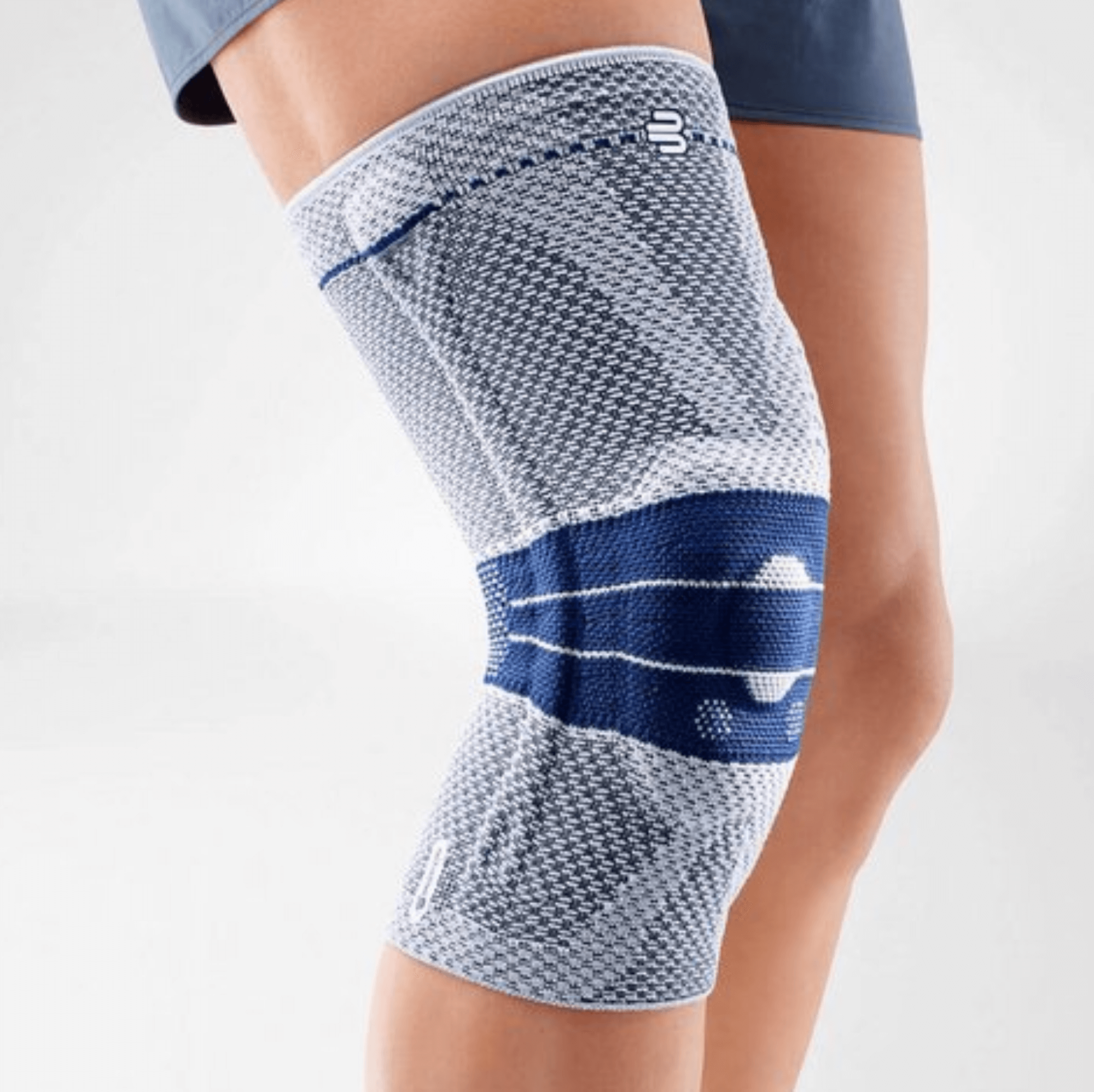Circulatory Problems / Varicose Veins
Varicose veins are enlarged veins in the legs, caused by valves in the veins not closing properly, allowing blood to flow backwards. This can lead to pain in the calves or legs, making standing painful as well. Veins carry blood to the heart, meaning the blood in the legs has to be pushed upward against gravity. For this reason, the veins in the knee contain valves to prevent backflow. When these valves fail to close, blood flows back down. Due to the increased pressure, the vein expands, resulting in a varicose vein.
Causes of circulation problems from varicose veins in the knee
Varicose veins can develop due to changes in the vein wall — these are called primary varicose veins. They can also result from other conditions such as thrombosis, in which case they are referred to as secondary varicose veins. Women are more likely to experience varicose veins than men. The risk factors for developing varicose veins include:
- Hormonal factors
- Pregnancy
- Hereditary predisposition
- Prolonged sitting or standing
- Overweight
- Ageing
Symptoms of circulation problems from varicose veins in the knee
A distinction can be made between symptoms of early-stage varicose veins and those that have been present for a longer period. Early-stage symptoms include:
- Itching
- Cramps
- A feeling of tightness
- Heavy, tired, and often warm legs
- Pulling or stabbing pain in the calves
- Tingling in the legs
Symptoms of long-standing varicose veins include:
- Skin rash
- Inflammation
- Hardening or discoloration of the skin
- Fluid retention around the knee, ankle, or lower leg
If varicose veins are not treated in time, they may lead to the development of a venous ulcer — an open wound that heals poorly without treatment.
Treating varicose veins in the knee (circulation issues)
To properly determine whether someone has varicose veins, additional diagnostic tests may be necessary. These can include a CT scan, MRI scan, MRA scan, or an X-ray of the blood vessels (phlebography). Other possible tests include infrared light imaging (light reflex rheography), an ultrasound-based exam (Doppler test), or a duplex scan, which combines ultrasound and Doppler. Treatment for varicose veins typically involves removing the non-functioning vein. This can be done using various techniques, depending on the type of vein. Treatment may also include wearing compression stockings or a knee brace.

- Physiotherapist
- Sports podiatrist
- Manual therapist
- Podopostural therapist
- Myofascial dry needling specialist





